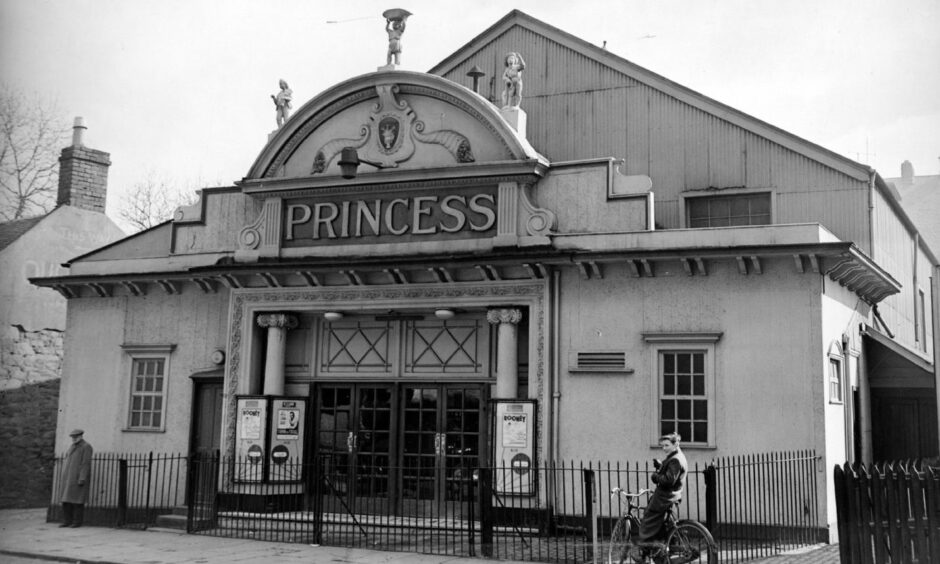
Dundee was once littered with cinemas during a golden era when the word multiplex was still a twinkle in a marketing man’s eye.
Dundonians were caught up in a love affair with the movies.
At the peak of film-going, in the 1930s and 1940s, Dundee had more cinemas and seats per head of population than anywhere else in the UK.
Almost every neighbourhood had its own cinema.
And what was on offer was pure, unadulterated, escapism, as they were transported to exotic locales and marvelled at the legends of Hollywood.
Nonetheless, tastes were changing by the late 1950s.
The brief boom was brought to a shuddering halt by the rise of television and the silver screens suffered widespread closures.
A world of magic and make-believe
Pamela Mulgrew has long been fascinated with the ghost of cinema past.
Let’s Go to the Pictures: Memories of Cinema in Dundee charts the story of these buildings and what Dundonians got up to when they went to the movies.
She said: “It is actually remarkable to think that practically every neighbourhood in the city had at least one cinema — and we are not talking about small places.
“These local cinemas generally housed between 700 and 1,000 people, which is absolutely extraordinary.
“Some areas, like the Stobbie, had several cinemas.
“Some of the buildings were truly architecturally beautiful.
“It is so sad that these buildings have been lost but I guess, being realistic, there was not really much demand, or use, for neighbourhood buildings of that size.
“Cinema in Dundee really peaked in the 1930s, 1940s and 1950s and I think it is probably because, at that that time, Dundee was such an industrial city.
“Going to the cinema allowed those people the chance to escape from this greyness and be transported to a world of magic and make-believe.
“Many of the cinemas actually planned their showings around the finishing times of the nearby factories in order to maximise attendance.
“Folk would finish their work, grab a fish supper and head straight for the cinema.
“The cinema was also reasonably inexpensive to go to.
La Scala, the Rialto… cinema names evoke memories
“If you had a couple of jam jars, you could take them to the cinema and get admission.
“The cinema would then trade them, for cash, at the local scrappies.
“This system started in Newcastle and quickly spread.
“It was probably one of the earliest forms of recycling!”
Forest Park Road Cinema, Green’s Playhouse, the Hilltown Plaza, the Kinnaird, La Scala and the Rialto are some names still capable of inducing a wave of nostalgia.
Green’s Playhouse dominated the city skyline with its 85-foot-tall steel-and-glass tower.
The iconic art deco building in Nethergate was unveiled in 1936, after being designed by John Fairweather, who was the architect for the Green’s Playhouse cinema chain.
The auditorium could hold more than 2,500 people in the stalls and 1,500 in the circle areas.
Like many cinemas, the Playhouse turned to bingo as attendances declined following its closure as a cinema in January 1968.
The Plaza Cinema opened on May 28 1928 with the first feature being Sybil Thorndike in Dawn, which was one of the most controversial films of the 1920s.
The two-storey building at 107 Hilltown with 1,620 seats was built for and operated by Scottish Cinema and Variety Theatres Ltd.
The Plaza became a bingo hall after becoming a victim of falling attendances in 1972.
Starting life as the Public Hall and Corn Exchange, the Kinnaird in Bank Street was designed by architect Charles Edward and opened in 1858.
In 1919 it became a cinema with 1,268 seats and further alterations increased capacity to 1,476 from 1928, when it was being advertised as “Dundee’s leading cinema”.
Built in 1926, the Rialto in Lochee was perhaps Dundee’s most distinctive looking cinema and made history in Dundee by showing the first full-length ‘talkie’ in 1929.
The cinema once seated more than 1,100 people in its auditorium, which was decorated in the manner of a Chinese garden and the orchestra sat on a garden bridge.
It operated as a bingo hall until the early 2000s when it was hit by a fierce blaze that signalled the end of its life before it was demolished.
It was a sad end for a survivor of cinema’s golden age.
Regal demolition focused the author’s mind
It has been a long journey to publication and the demolition of the Regal in Broughty Ferry and the Odeon in Lochee was the trigger to finish the book for Pamela.
She said: “It made me realise that if I didn’t hurry up and do something then all trace of these cinemas would be gone.
“I am 54 and it is only people of my age, and above, who remember a lot of these cinemas so I decided to get the memories down now.
“These were cinemas that I frequented and to see them turned to dust was very sad.”
Youngsters used to be sent to the cinemas at the weekend to give their parents some peace.
Youngsters like Pamela.
“I was born in 1969 and my first experience of the cinema was being despatched every Saturday with my two sisters and three girl cousins to the Regal matinee,” she said.
“Practically everyone of my age who lived in the Ferry went to that matinee.
“I remember watching Jaws and we all huddled behind our coats at the scary bits and when it all got too much the entire audience would scream in horror!
“The cinema was run by two ladies and they were very firm, but fair, and they certainly did a magnificent effort in controlling the 600 or so children who attended every week.
“I definitely saw some films that were not suitable for me at the age of five.
“But in those days nobody complained!
“I also remember going to the Victoria Theatre when I was small to see The Towering Inferno with Steve McQueen and Paul Newman.
“As a treat, we were taken up to the balcony – apparently it was so we could get the full effect of being in the tower!
“Sadly, the Vic suffered from neglect and the final time I went there, just before it was condemned, a rat ran over my foot.
“As I got older and was able to make the big trip into Dundee I tended to go to the ABC in the Seagate.
“I remember seeing Star Wars there.
“In my 20s I really enjoyed going to the Odeon at Stack Leisure Park and remember going to see Braveheart there in 1995 and have never seen anything like it.
“The film itself was complete drivel but it certainly inspired patriotism.
“When the cinema emptied that night the audience were all for marching down south to seek revenge for William Wallace!”
Movie memories to last a lifetime
Pamela is a former DC Thomson journalist and the book also includes a host of memories from Dundonians of their own memories of going to the movies.
“I have been genuinely amazed by the response I have had,” said Pamela.
“People have shared their own stories and I hope that this book will allow those memories to be shared, and also passed down to younger generations.”
Pamela lives in Letham in Angus and is married to Frank and the couple have daughters, Colette and Gabby, and two grandchildren.
She is still a huge fan of going to the pictures.
- Let’s Go to the Pictures: Memories of Cinema in Dundee is on sale now.

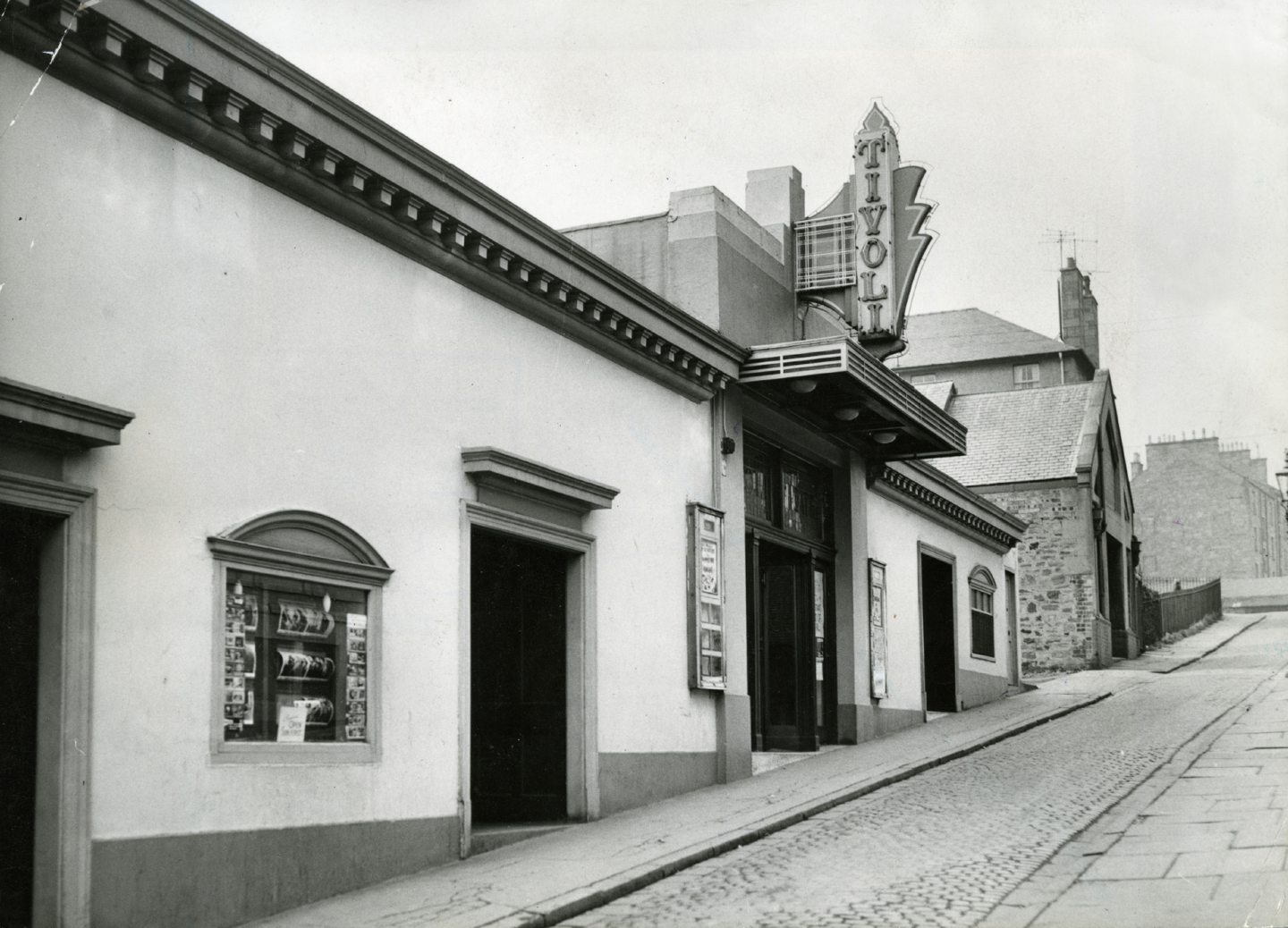
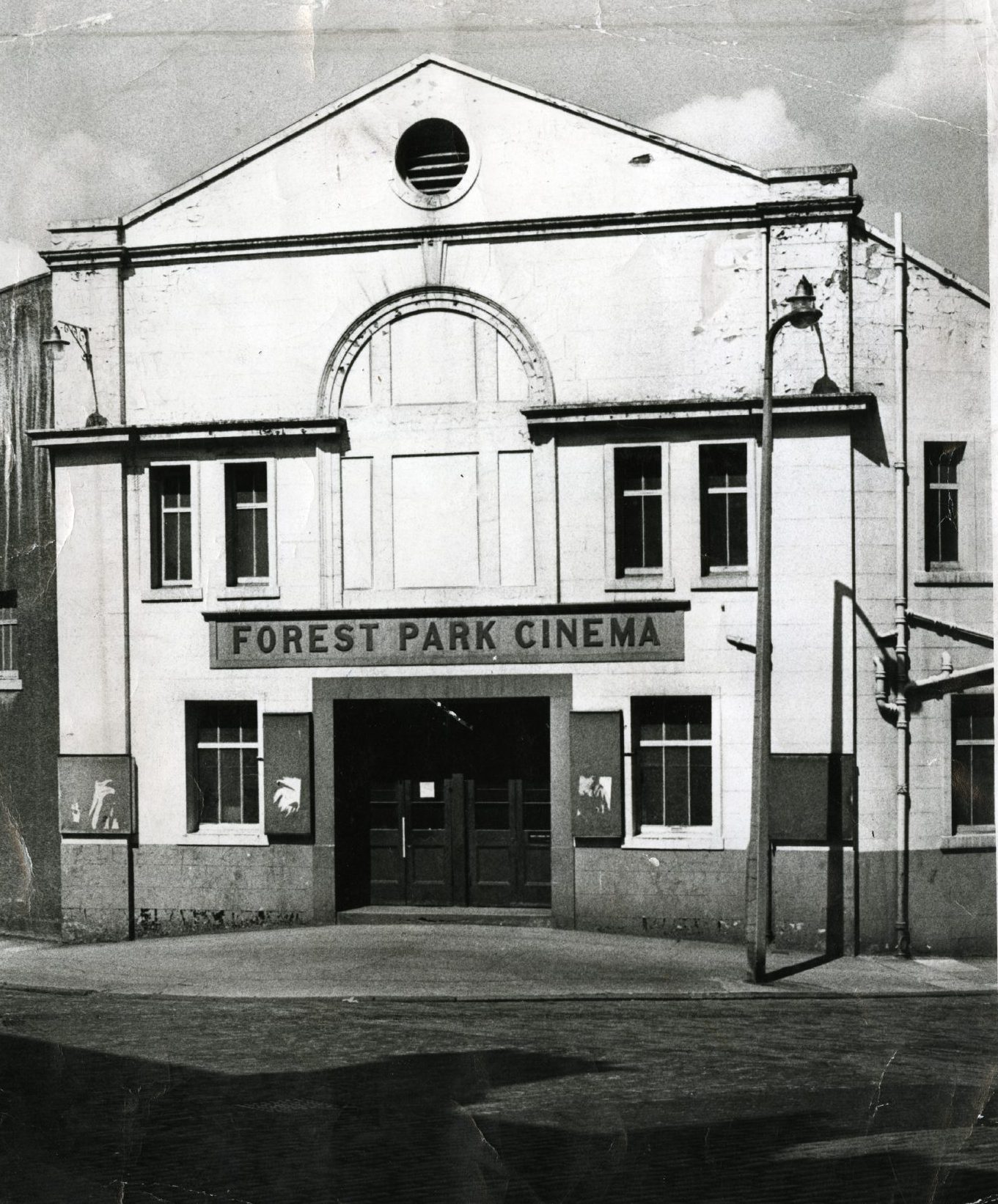
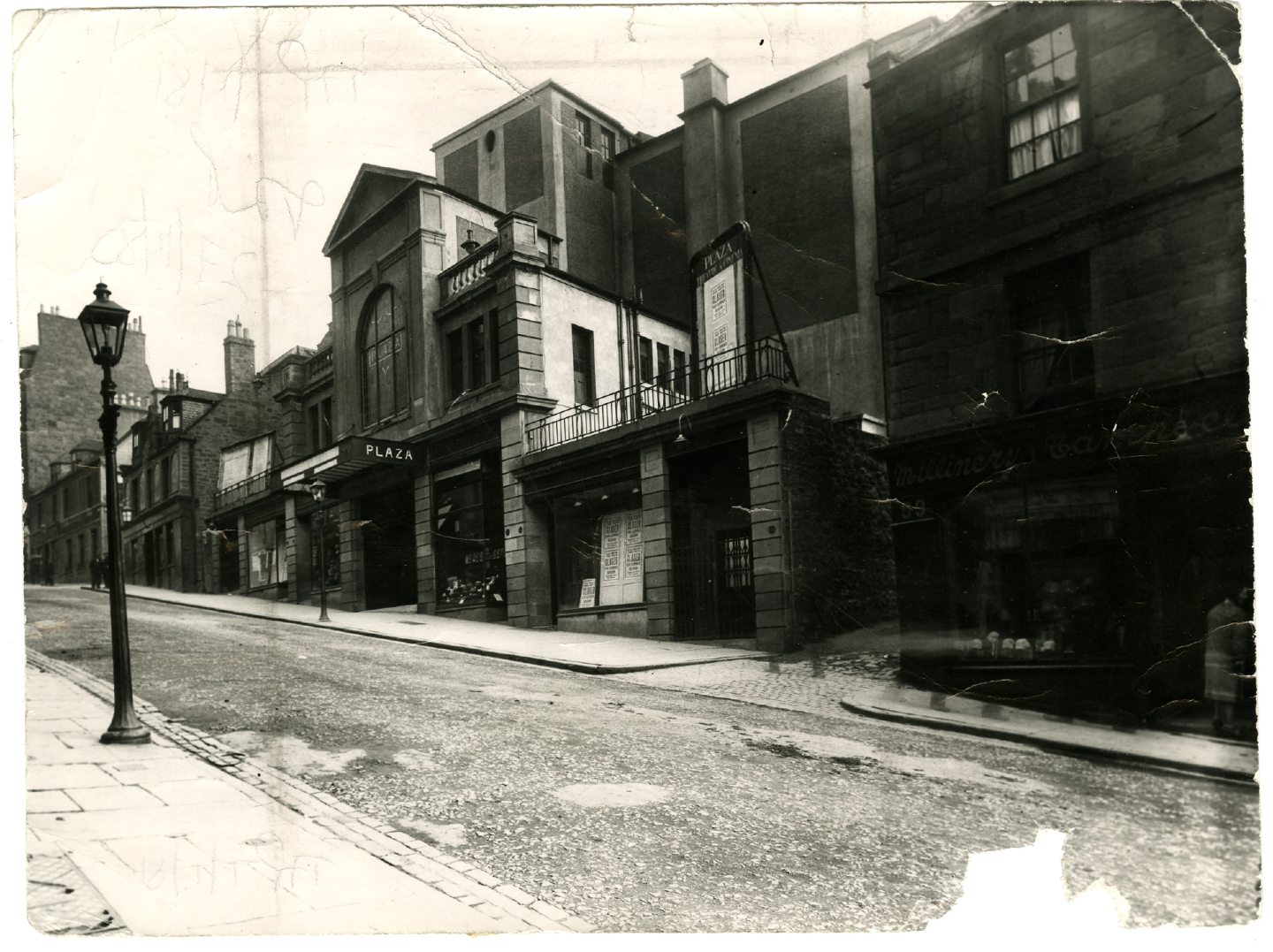
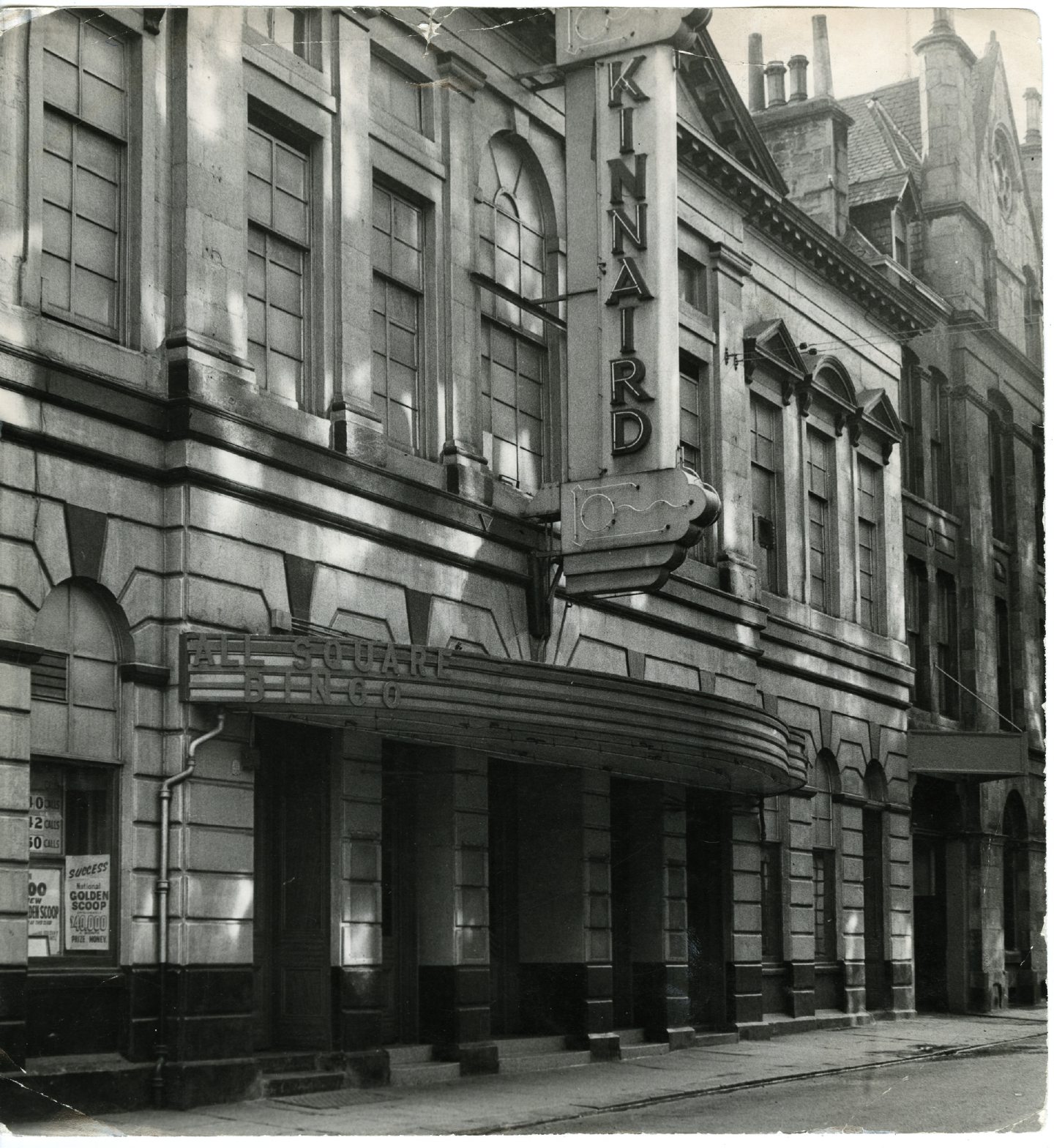
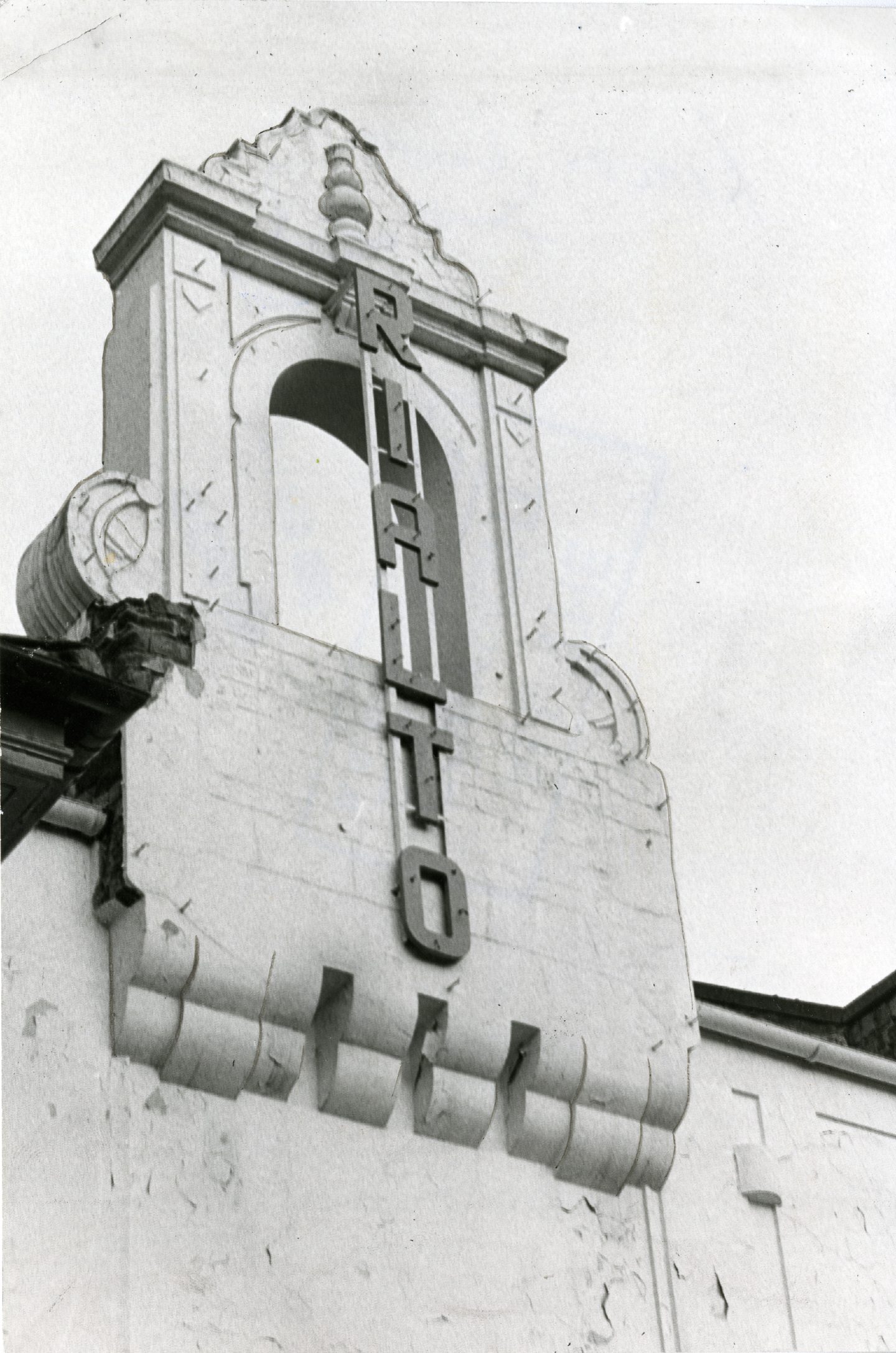
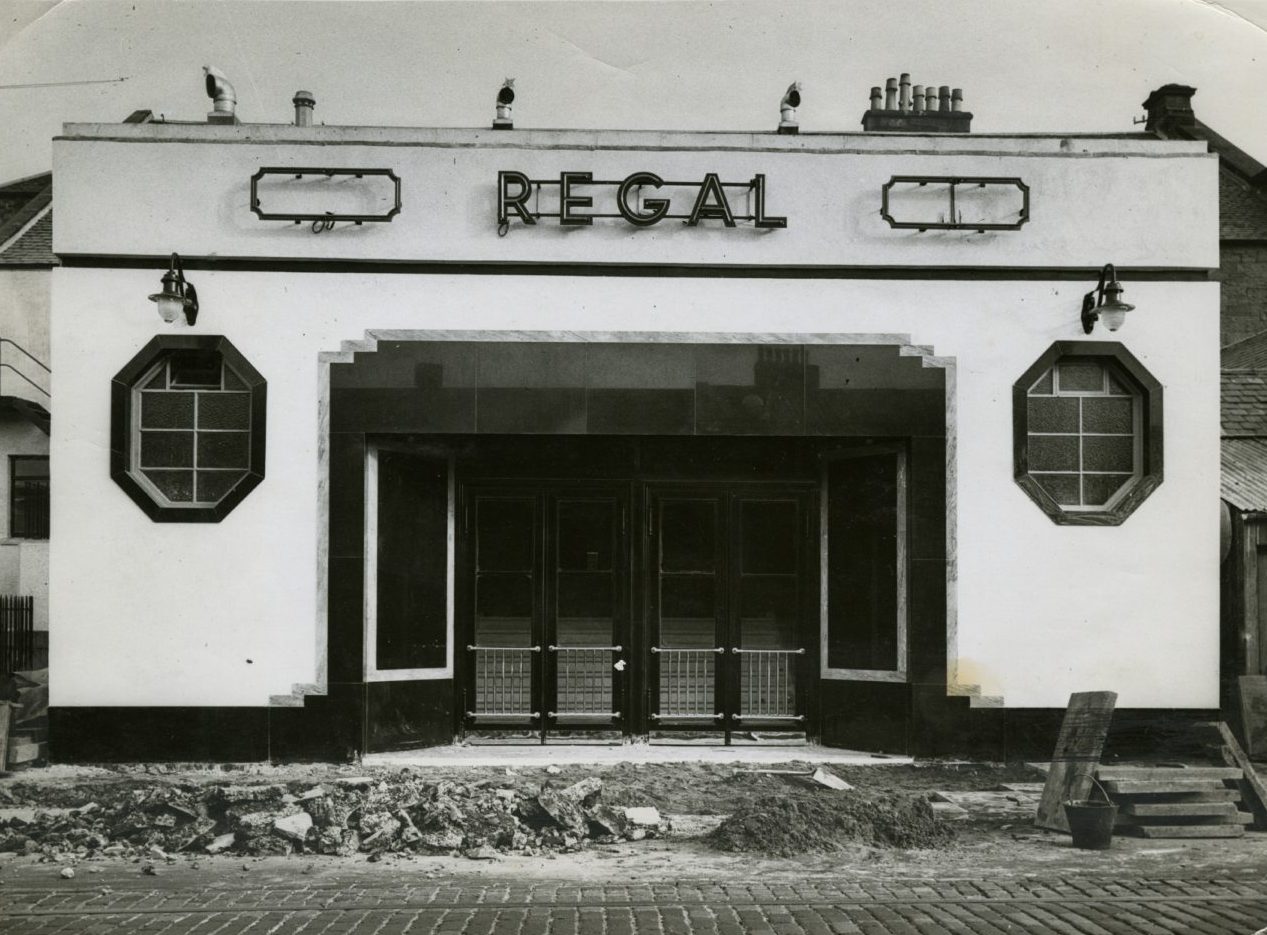
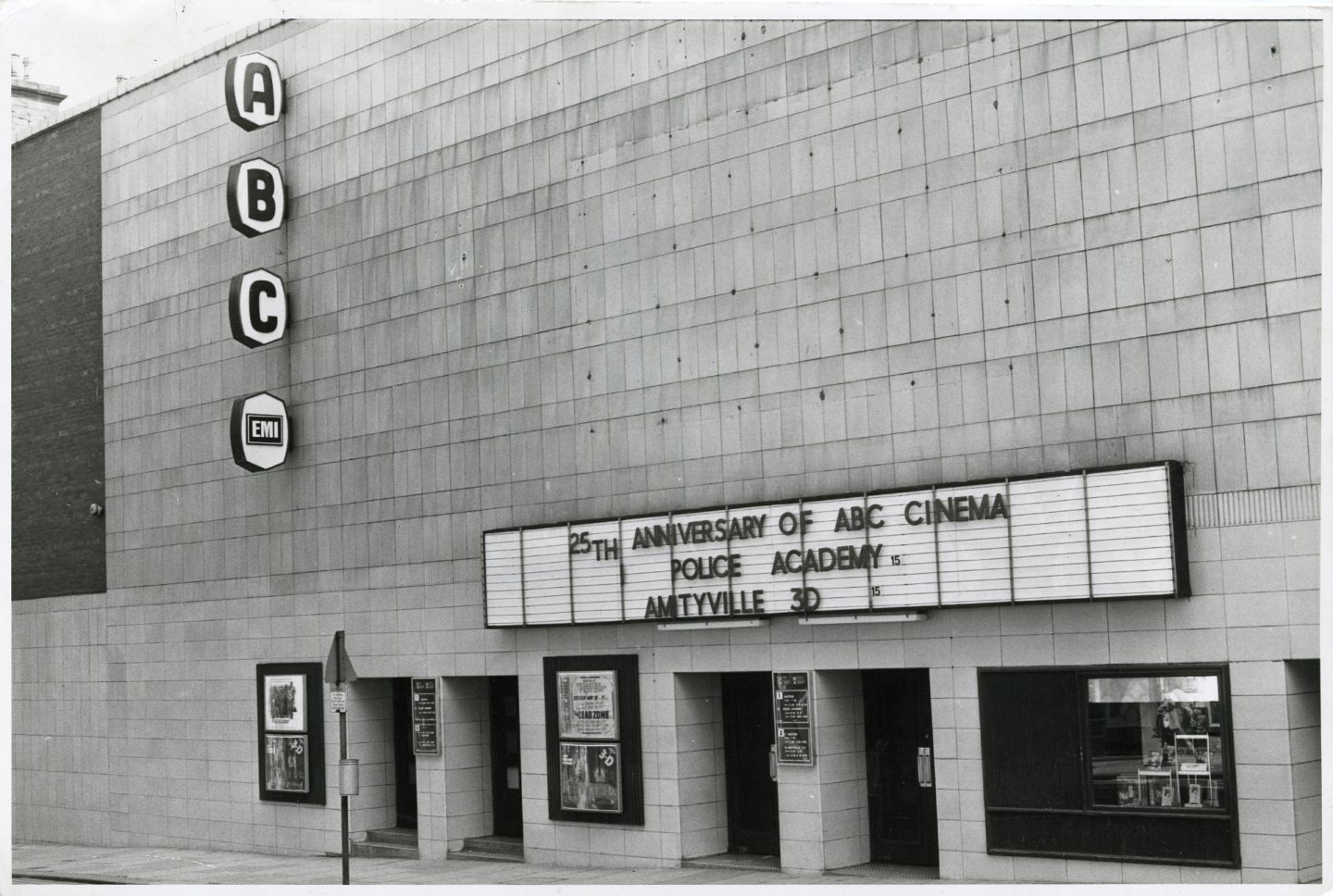
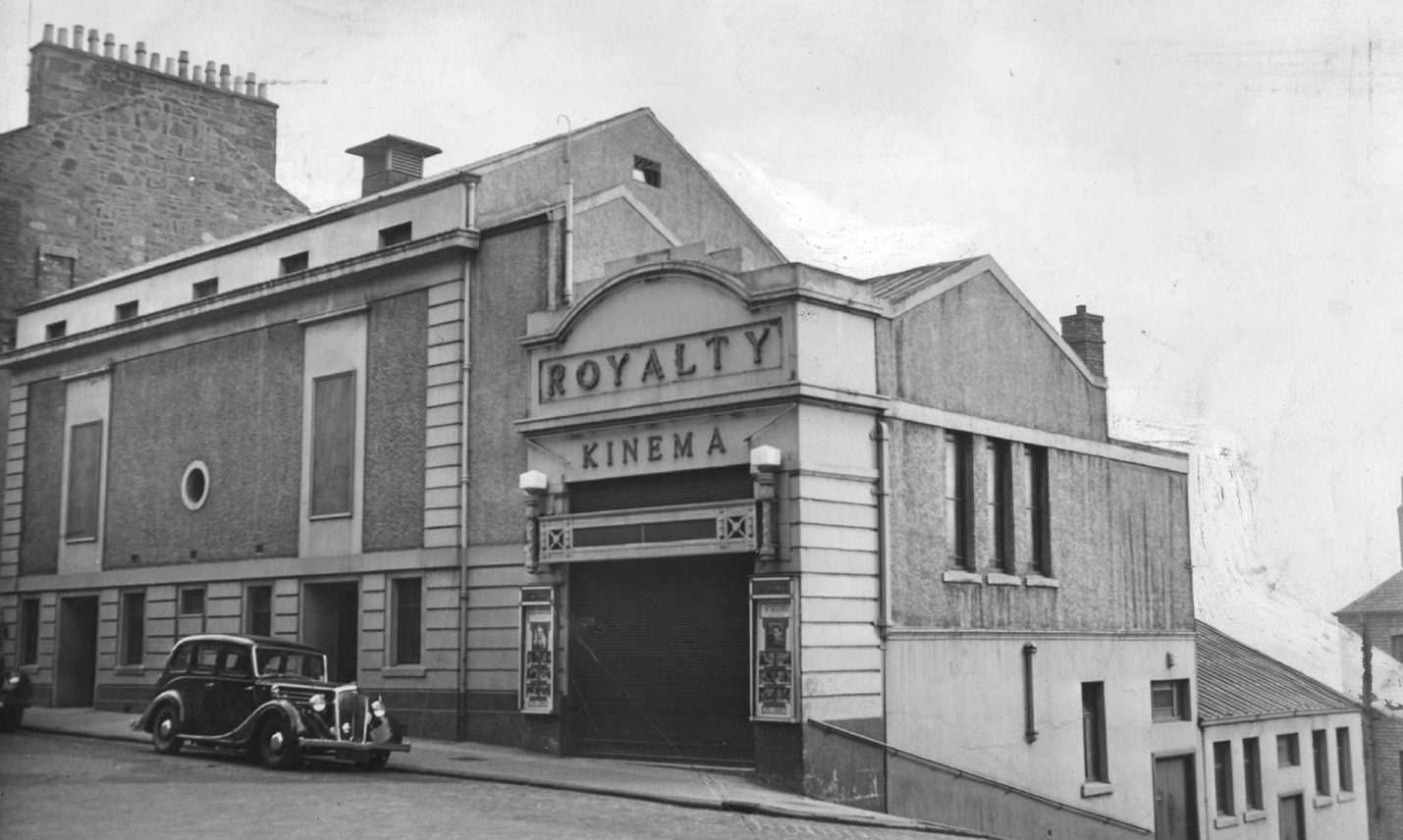










Conversation